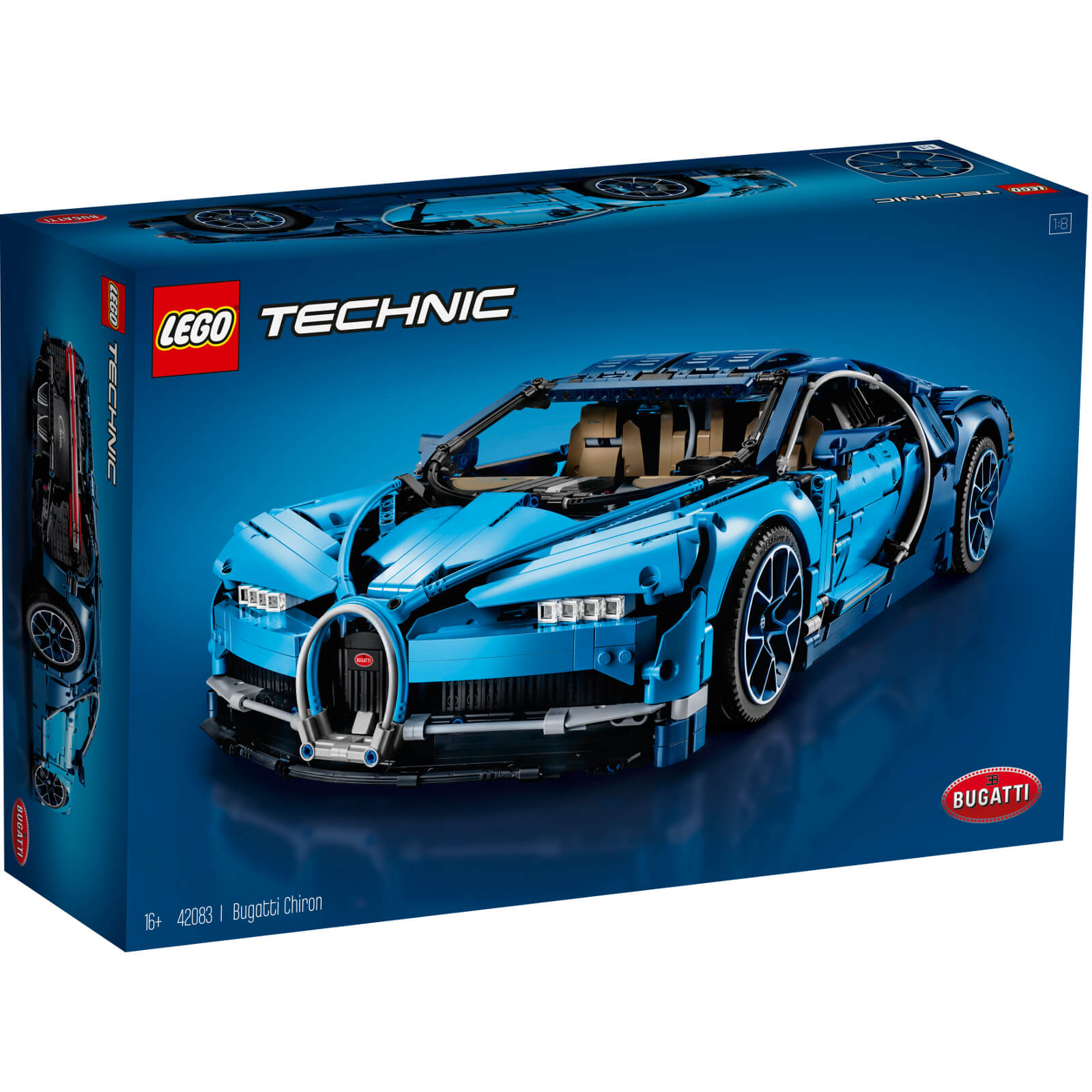5 Surprise Mini Brands Mystery Capsule Real Miniature Brands Collectible Toy by ZURU (3 Pack)
There are over 100 miniatures of your favourite brands to collect, including favorites like Skippy, Mentos, Birds Eye, Aunt Bessies, McCormick, BabyBel and more!
5 Surprise Mini Brands are real shopping brands that fit in your hands! Unwrap, peel, and reveal REAL miniature collectibles with 5 Surprise Mini Brands! Each capsule is a surprise unboxing with dozens of miniatures and surprise shopping accessories to find. What 5 surprises will you unbox? There are over 100 miniatures of your favorite brands to collect, including rare Metallic and Glow in the Dark minis, and Super Rare Golden Minis too!Can you find your favourite brands like Skippy Peanut Butter, Aunt Bessies Yorkshire Puddings or Mentos Gum? Collect them all to create your own mini shopping world!Key Features:
- SO MANY TO COLLECT: There are over 100 miniatures of your favourite brands to collect, including favorites like Skippy, Mentos, Birds Eye, Aunt Bessies, McCormick, BabyBel and more!
- UNBOXING FUN: Enjoy the thrill of unboxing as you unwrap, peel and reveal 5 different surprises!
- RARE MINIS: Can you find the Rare Metallic and Glow in the Dark Minis? There are Super Rare GOLD minis to collect too!
- 3 ACCESSORIES TO COLLECT: Collect all 6 miniature shopping accessories including baskets, carts, shelves, cash registers and paper bags to create your own miniature shopping world!
- CREATE YOUR MINI SHOPPING WORLD: Collect them all and tick off your collector’s guide shopping list as you go!
Additional information
| Assembled Product Weight | 0.6 lb |
|---|---|
| Assembled Product Dimensions (L x W x H) | 3.66 x 3.66 x 10.24 Inches |






by Patty
Fast delivery, I purchased these for gift.
by Fabian
I am so pleased with my order. they shipped fast and were exactly as described. I didn’t get a picture, because I was so excited when I got them that I opened them so fast.
by Aracely
Got this toy for my niece she love it.
by Deborah
Brest for the price. Kids loved them.
by Kristie
You are going to get multiples of the same item!! They should also have the series 1 items too.
by Kathy
My daughter loves these. Our local Walmart hasn’t had them in months, so I had to order them.
by Kimberly
My son and I love to open these cute little balls and find adorable mini brands. We have started collecting and can’t wait to complete our collection. We have turned it into a race to see who can complete their collection first. It’s always super exciting if you get a gold or rare item. It’s almost impossible to find these at our local store so happy we can order online.
by Ana
My daughters love these things.
by Dana
They are so cute!! My 9 year old daughter just loves them. She uses them for her Barbie toys. They are super cute!